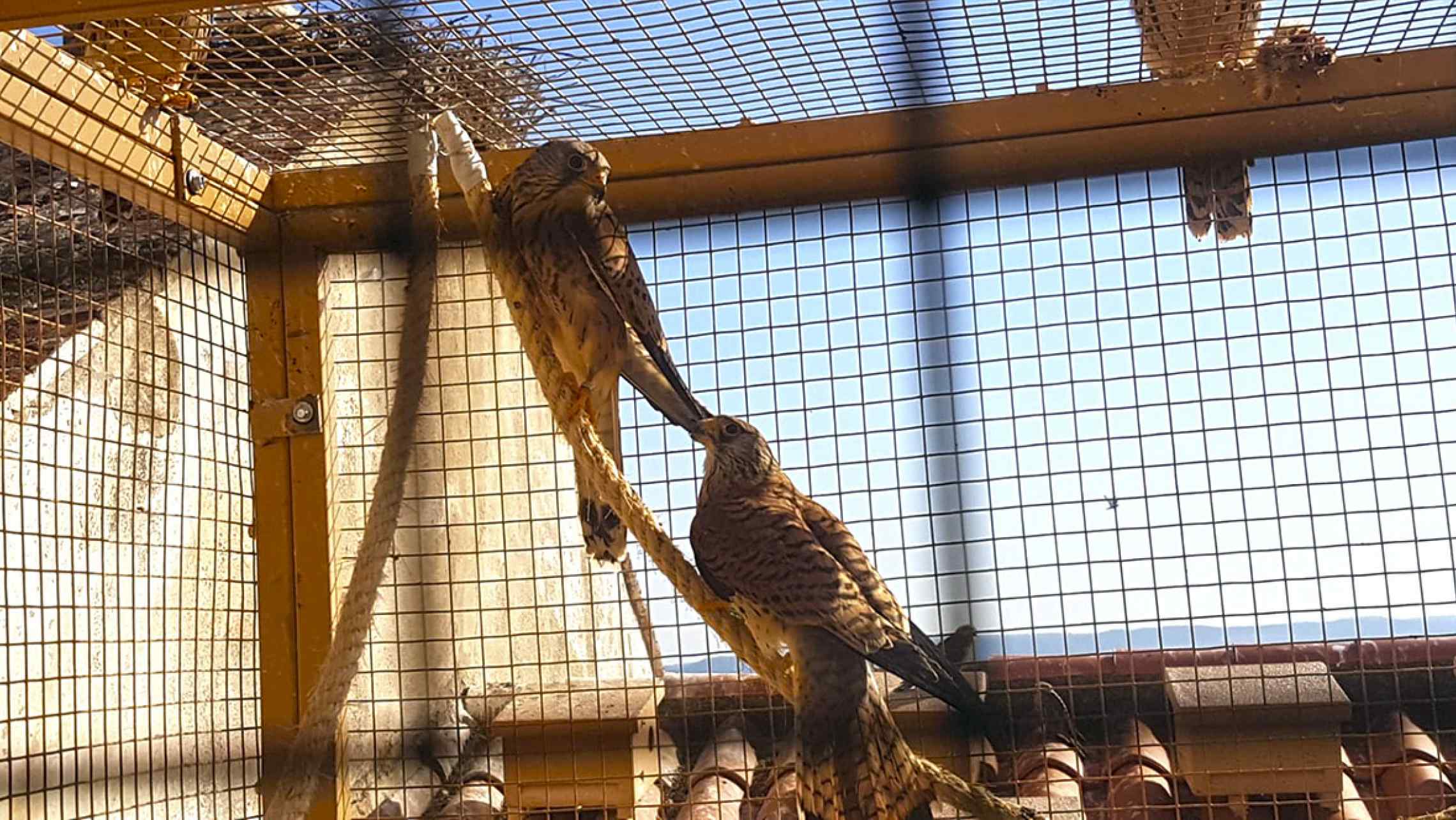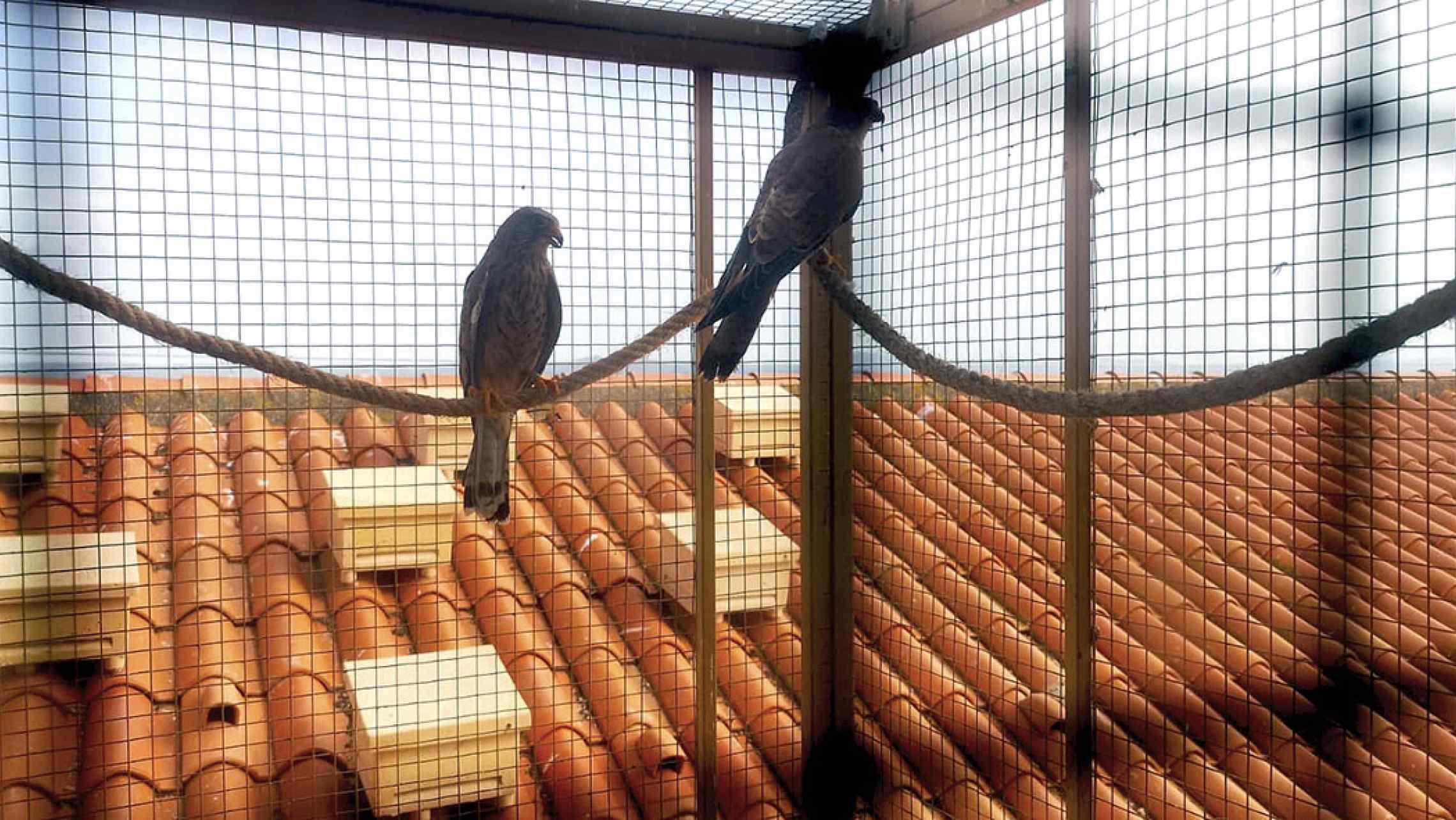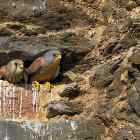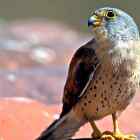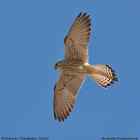In mid-February, the first lesser kestrels began to arrive at the San Vicente de Alcántara SPA (Badajoz) after spending the winter in Africa. As part of Action C3 of the LIFE-ZEPAURBAN Project, the reinforcement or recovery of a lesser kestrel colony at risk of disappearance was contemplated. The chosen colony was that of San Vicente de Alcántara, which had disappeared years ago. The recovery work for this colony began in 2018 with the construction of the release module in the church tower and the transfer of the first 50 chicks born in captivity at the DEMA Breeding Center. All the chicks flew and in late summer they began their migration to Sub-Saharan Africa.
In mid-February of 2019, sightings of the first kestrels returning from migration began to be recorded, although we still cannot be sure that they are the chicks released the previous year because the rings have not been read. Some wild specimens from nearby colonies usually appear, as happened last season, and they perch on the module. We hope that, over the next few days, we will be able to provide news on the first readings of the rings the returned chicks. This year is especially key as actions were undertaken to improve the nesting site at the San Vicente Mártir Church, foreseen in Action C1, having installed 18 nests under cover in addition to the exterior nesting boxes installed in 2018.
Two adults were already placed in the module (also in mid-February) and they, like last season, will stay inside the module for several months, receiving the returned chicks and specimens from the wild population who feel attracted by their presence. The colony environment that is created is quite necessary so that this year the birds begin to occupy the nesting boxes installed around the module and, thus, promote the recovery of this colony – a colony that disappeared years ago.
It is important to note that the design of the release module is part of the so-called "Colony Environment" method, designed and developed by DEMA, and that it differs from other methods by having a module where several adult lesser kestrel individuals are located. They act as a lure and sometimes provide motherly support to the little ones located in a release box adjacent thereto, thus maintaining permanent visual contact between the adults housed in the module and the chicks. This method allows the young lesser kestrels to learn species-specific behavior patterns during their stay in the release box and while outside the module. This intraspecific learning is very important since, as we said before, the adults will act as “adoptive parents” or “wet nurses,” creating an intense “colony environment” in the area -- an environment that will encourage the chicks to grow in the place where we made them believe they were born the year before.
DEMA, within the context of Action C3 of the ZEPAURBAN Project, is responsible for the captive breeding (in its Lesser Kestrel Breeding Center) of a minimum of 50 chicks/year, in addition to the installation of a release module from which the chicks are released. The release of chicks began in 2018 and will continue until at least 2020, thus guaranteeing a minimum of 150 chicks released at San Vicente de Alcántara.
